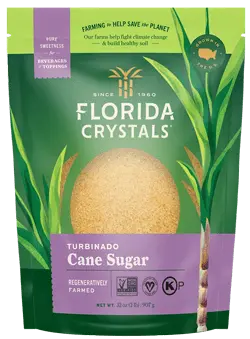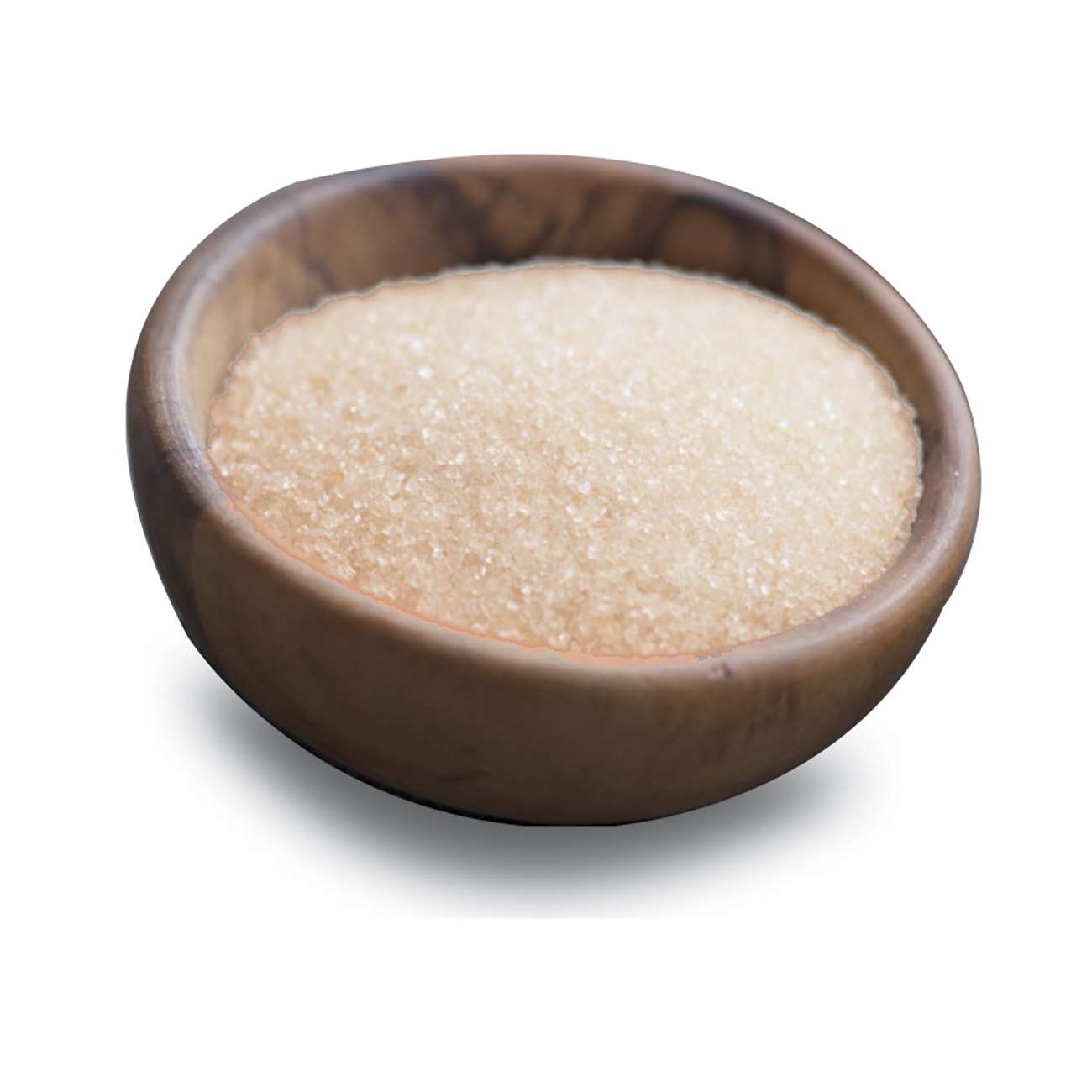Reliable Cane Sugar Processing: Maximizing Return and Pureness
Reliable Cane Sugar Processing: Maximizing Return and Pureness
Blog Article
Exploring the Comprehensive Steps Included in Cane Sugar Handling From Harvesting to Refinement
The process of cane sugar manufacturing encompasses a collection of complex steps, starting with the cautious harvesting of sugarcane and finishing in the improvement stages that ensure the end product satisfies industry criteria. Each phase, from the extraction of juice to the filtration and crystallization processes, plays an important role in establishing the high quality and personality of the sugar. Understanding these stages not only highlights the intricacy of sugar production but also raises crucial concerns about performance, sustainability, and advancement in the sector. What ramifications do these variables have for future practices?
Gathering Sugarcane
Gathering sugarcane is an important action in the walking stick sugar processing chain, as it straight affects the high quality and return of the last product. Correct timing and methods are important during this stage to make sure optimal sugar web content and reduce losses. Typically, sugarcane is gathered when it gets to maturity, normally 12 to 18 months after growing, defined by a high sucrose concentration.

Post-harvest, the sugarcane needs to be refined quickly to stop sucrose deterioration. Preferably, gathered walking stick must be transported to processing centers within 24 hours to protect sugar high quality. As a result, reliable logistical preparation is crucial to maintain the stability of the gathered crop throughout the supply chain.
Extraction Process

The smashed walking stick goes through a series of pushing procedures to maximize juice healing. Commonly, warm water is splashed onto the crushed walking cane, producing a countercurrent flow that aids liquify the sugar while additionally helping in the removal procedure. The juice gathered from this operation contains not just sugar however also numerous natural compounds and pollutants.

To improve extraction efficiency, some centers may use diffusion techniques, where the sugarcane is saturated in warm water, permitting the soluble sugars to diffuse into the liquid. The resulting juice, rich in sucrose, is after that directed to succeeding processing stages, laying the foundation for purification and improvement. The removal process is thus crucial in identifying the high quality and return of the last sugar item.
Purification Techniques
The purification techniques employed in walking cane sugar processing are crucial for transforming the raw juice right into a high-quality sugar product. These approaches mostly intend to remove pollutants, such as dirt, plant materials, and inorganic compounds, which can detrimentally impact the final product's taste and color.
One of the most common filtration strategies is clarification. This process entails adding lime and warm to the raw juice, which helps with the coagulation of impurities. her comment is here The resulting precipitate is then gotten rid of through sedimentation or purification, yielding a clearer juice. In addition, using phosphoric acid can boost the information process by additional binding pollutants.
One more substantial technique is carbonatation, where carbon dioxide is introduced to the made clear juice. This response generates calcium carbonate, which catches remaining contaminations and advertises their elimination.
Furthermore, triggered carbon therapy may be related to adsorb any type of staying colorants and organic pollutants, making sure a much more polished item. The mix of these techniques effectively prepares the sugar juice for subsequent actions in the refining procedure, setting the phase for the production of premium cane sugar.
Crystallization Approaches
After the purification phase, the next crucial step in walking cane sugar handling entails formation techniques, which play an essential role in changing the clarified juice into strong sugar. This process generally utilizes 2 main methods: spontaneous crystallization and controlled condensation.
In spontaneous condensation, supersaturated sugar options are permitted to cool down normally, leading to the development of sugar crystals over time. This method permits for the consistent growth of sugar crystals and greater pureness.
Throughout condensation, the clarified juice is focused via evaporation, increasing its sugar material up until it gets to supersaturation. As soon as this point is attained, either method can help with the crystallization procedure. Cane Sugar Processing. The resultant sugar crystals are after that divided from the staying syrup with centrifugation
Ultimately, the option of crystallization approach impacts the top quality, dimension, and purity of the final sugar item, making this step necessary in the total cane sugar processing procedure.
Improvement and Packaging
Exactly how can the pureness and top quality of walking cane sugar be better improved after condensation? The improvement procedure plays an essential duty in accomplishing top notch walking stick sugar.
Next, the sugar is subjected to a process called centrifugation, where it is rotated at broadband to separate the cleansed sugar crystals from the remaining fluid. After centrifugation, the sugar is often additional fine-tuned through a technique called carbonization or phosphatation, which uses turned on carbon or phosphoric acid to get rid of shade and off-flavors.
Once fine-tuned, the sugar is dried to achieve click here now the desired dampness web content, guaranteeing that it continues to be secure during storage and transportation. The last action includes packaging the polished sugar in moisture-proof and impermeable containers to keep its high quality and stop contamination. Cane Sugar Processing. Correct product packaging not just expands rack life but additionally promotes simple handling and distribution, making sure that consumers obtain sugar that meets the highest requirements of pureness and quality
Conclusion
The extensive steps associated with cane sugar handling, from the careful harvesting of sugarcane to the intricate improvement and product packaging stages, underscore the significance of each stage in ensuring high-quality sugar production. Optimal harvesting methods, reliable extraction techniques, and strenuous purification processes collectively add to the final item's pureness and stability. The condensation and subsequent packaging techniques further boost the integrity and life span of the sugar, highlighting the complexity and accuracy intrinsic in this important agricultural market.
The process of walking stick sugar manufacturing includes a series of complex steps, starting with the cautious harvesting of sugarcane and culminating in the refinement stages that ensure the final item meets market criteria. Preferably, harvested cane straight from the source needs to be transported to refining centers within 24 hours to preserve sugar quality.In spontaneous crystallization, supersaturated sugar options are enabled to cool down normally, leading to the development of sugar crystals over time - Cane Sugar Processing. The improvement process plays a crucial duty in attaining high-grade walking stick sugar.The thorough steps involved in walking stick sugar processing, from the precise harvesting of sugarcane to the elaborate refinement and product packaging stages, emphasize the relevance of each phase in making sure premium sugar manufacturing
Report this page